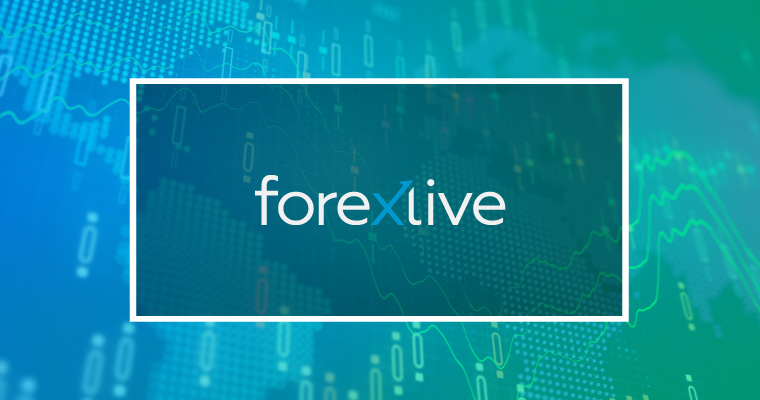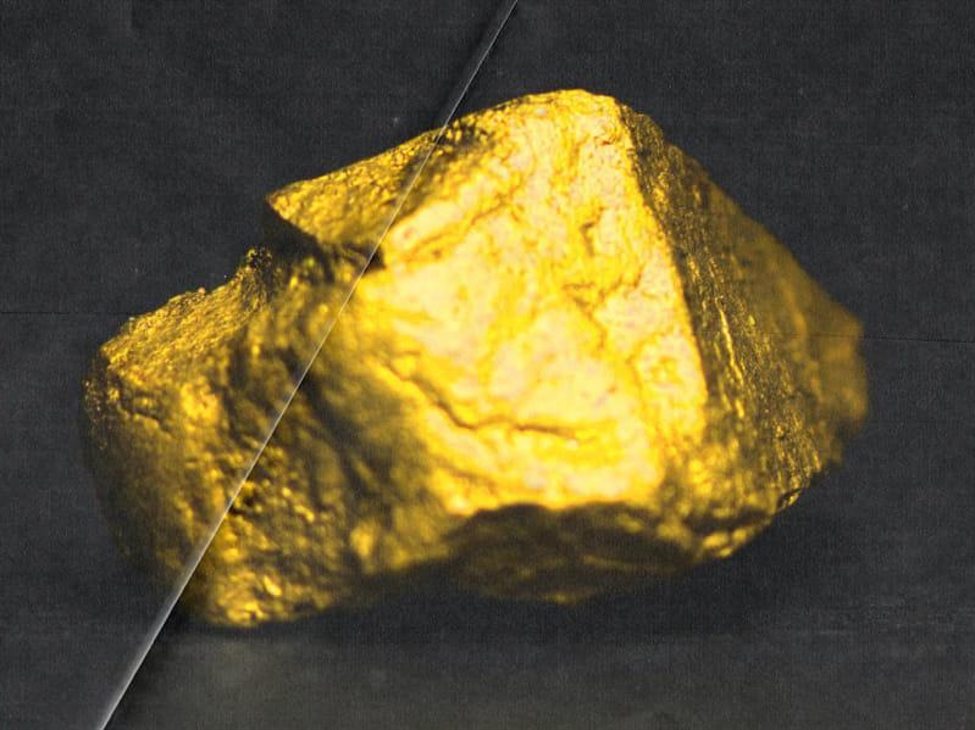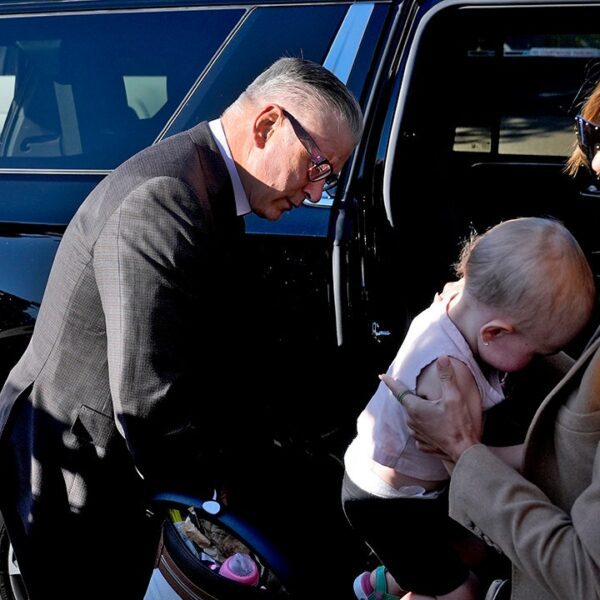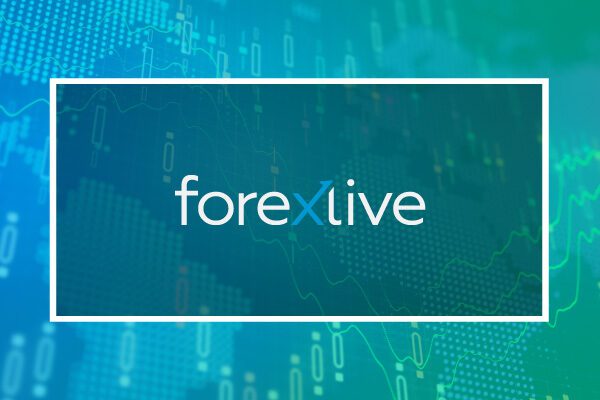Those old-time generals had style (AI image)
I believe that global central bankers are on the verge of making a growth-wrecking mistake.
Generals always fight the last war and central bankers are going to continue to fight the ghost of inflation, even as it becomes increasingly clear that the inflationary threat is over and the bigger risk is recession.
On Thursday, ECB chief economist Phillip Lane noted that firms are telling them that wage pressures are coming down. Their wage tracker also shows much slower wage growth in 2025 and 2026. There won’t be any second-round effects.
With the benefit of hindsight, it will soon be clear that the past-pandemic inflation was a one-off perfect storm caused by:
- Ultra-low rates, including irresponsible forward guidance
- Out of control fiscal spending
- Supply shock
We combined all three and all it got was 9% inflation. All it took to quell it were 5% rates.
Does that sound like a new inflationary normal, or a blip in a long disinflationary cycle?
US CPI yy
To illustrate how insane the monetary policy was. This is what the Reserve Bank of Australia did:
- Cut the Cash Rate to 0.10%,
- Bought $100b via QE over six months
- Pledged to buy $5 billion of government bonds a week with a commitment to continue until Feb 2022
- Targeted 3-year note yields at 0.10%
- Guided to not hiking rates until ‘at least’ 2024
They certainly weren’t alone as central banks the world over were caught in an easing mania — they went ‘full nuclear’. Ten-year US note yields were below 2% for two years and below 1% for much of that. It was free money.
US 10 year yields, weekly
It was the same with governments. The US Paycheck Protection Program scam gave away $800 billion with minimal oversight. Much of that went straight into the pockets of small business owners. There were $850 billion in stimulus checks, followed by another $900 dose, enhanced unemployment benefits cost $680 billion. Compare that to the financial crisis, which authorized $700 billion in loans that actually had to paid back.
Finally, a great source of inflation via supply chains. All this money and low-interest lending was going to consumers who did things like decide to renovate, build fence and decks. Lumber prices went parabolic.
lumber futures, monthly
Supply chains were wrecked in autos, computer chips, consumer goods, meat, steel and dozens of other places.
Yet still: Just 9% inflation.
I’m not saying it wasn’t painful and I think the lags in measuring things like housing mean that inflation was more in the 12-15% range but it was a once-in-a-lifetime event.
Yet somehow central bankers are treating it like it was the start of a new normal. Compounding that insanity is that we’ve seen the dawn of generative AI in the past 20 months. That’s undoubtedly deflationary, something I talked about yesterday with BNNBloomberg (near the end):
I also wrote about it here.
When the economic history of the pandemic is definitively written, it will emphasize that it was a one-off event in a long, disinflatioary cycle that was worsened by central banks keeping rates too high for too long.
I believe this is a rare moment to lock in investments with high rates for a long duration in the same way that the pandemic was a once-in-a-lifetime to lock in low borrowing rates.














